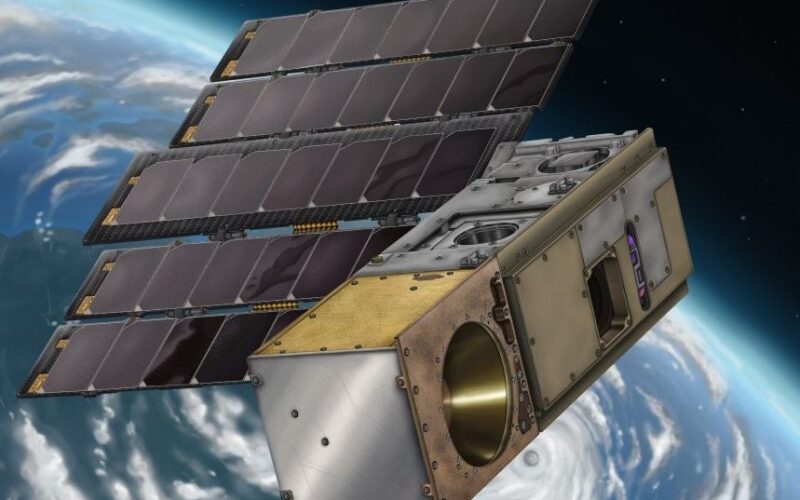NASA launched two TROPICS CubeSats from the Rocket Lab spaceport on the east coast of New Zealand on May 8, 2023, marking the start of a weather-monitoring project aimed at forecasting the scale and intensity of tropical storms.
The TROPICS (Time-Resolved Observations of Precipitation structure and storm Intensity with a Constellation of Smallsats) satellites were sent into orbit on a rocket built by the United States company Rocket Lab. The small spacecraft is expected to be able to provide updates on typhoon and hurricane development every hour, as well as improve weather predictions. Currently, larger storm trackers can fly over cyclones four times a day on average, according to NASA.
“Providing more frequent imaging will not only improve our situational awareness when a hurricane forms,” said Karen St. Germain, director, Earth Science Division at NASA Headquarters in Washington in a press release. “The data will provide information to models that help us determine how a storm is changing over time, which in turn helps to improve forecasts from our partners like the National Hurricane Center and Joint Typhoon Warning Center.”
Hours after the launch, the TROPICS team announced that contact with the CubeSats had been successfully established.
The TROPICS mission was originally intended to have a constellation of six satellites, with the first two slated to reach orbit in June 2022. However, they were both lost when the launch of the Astra Rocket 3.3 failed.
A second launch by Rocket Lab should deploy two more satellites.

